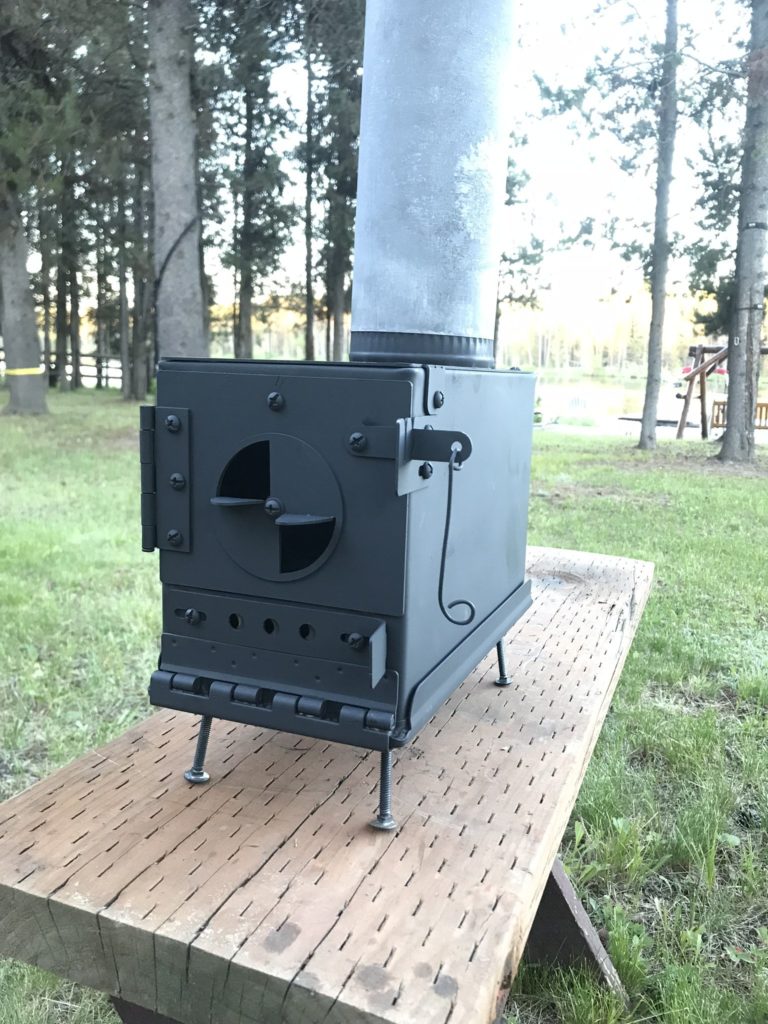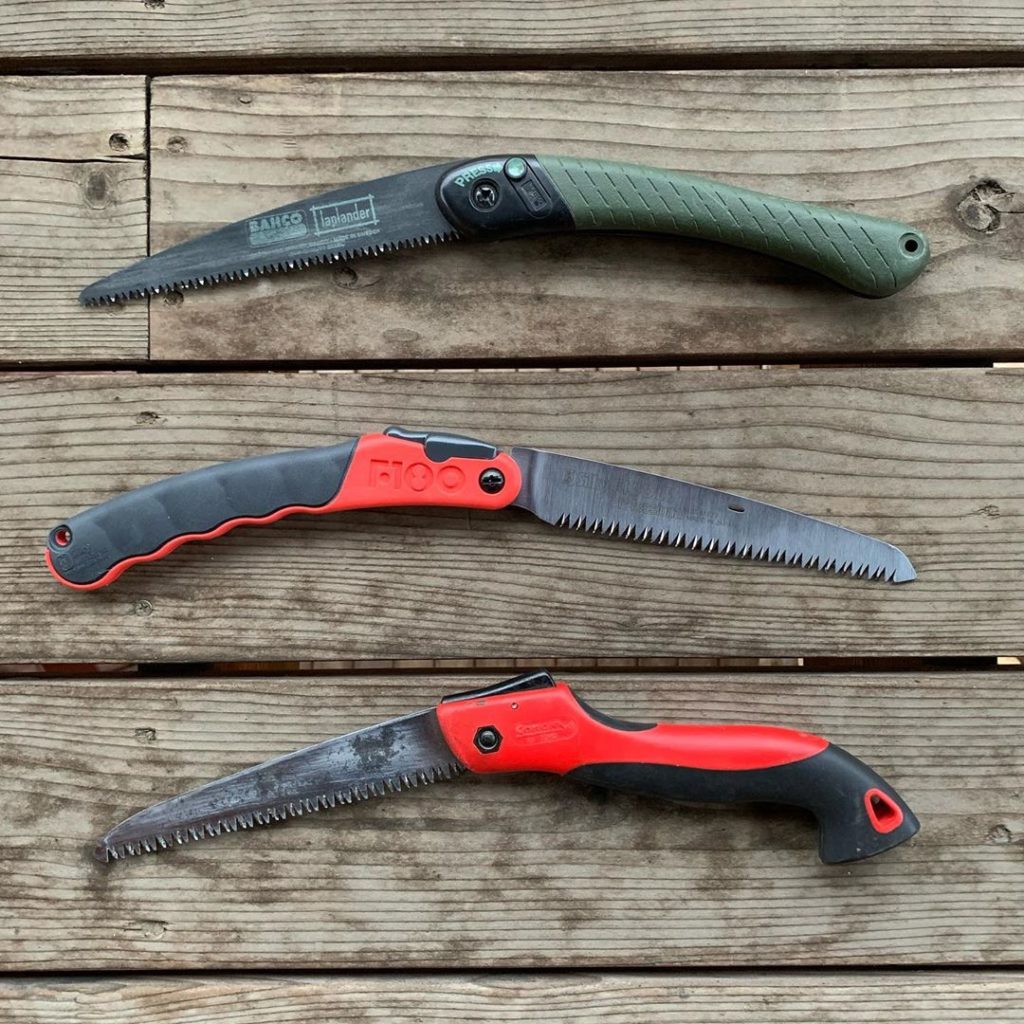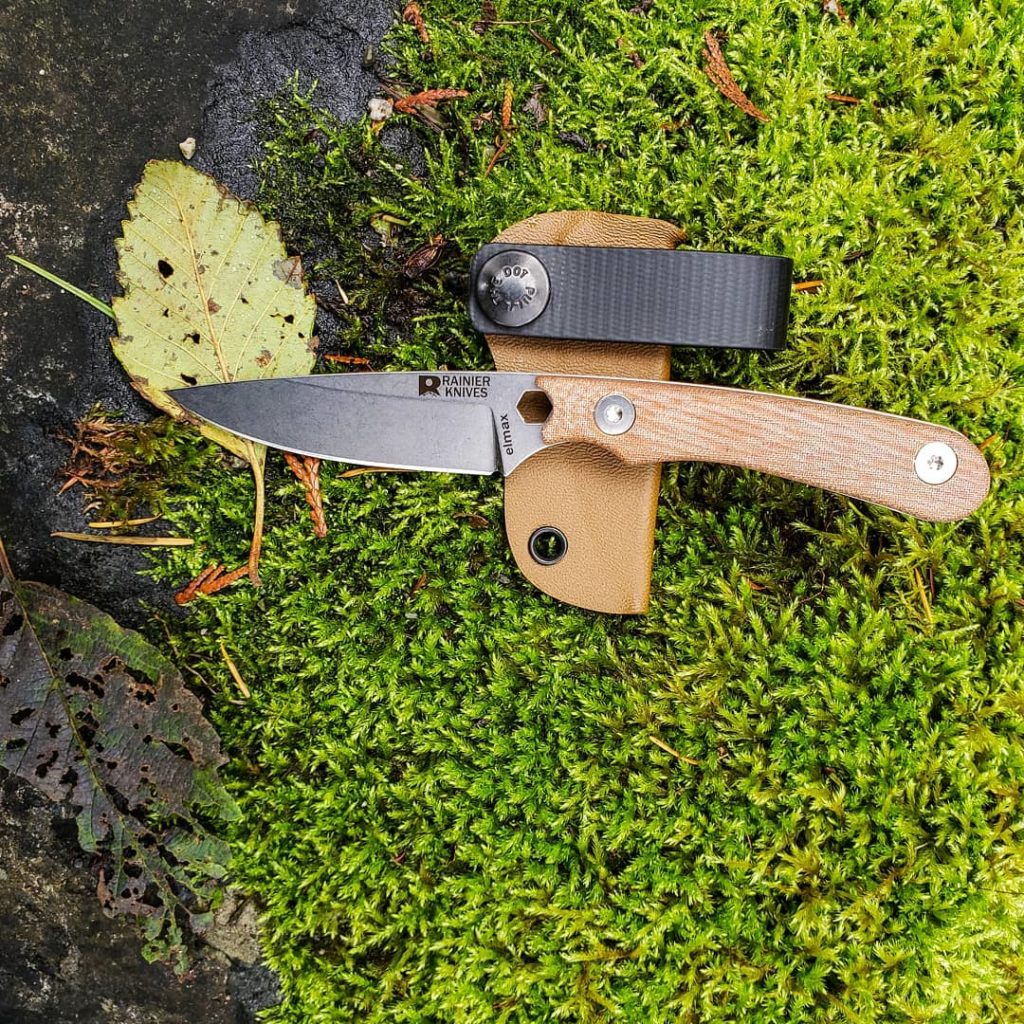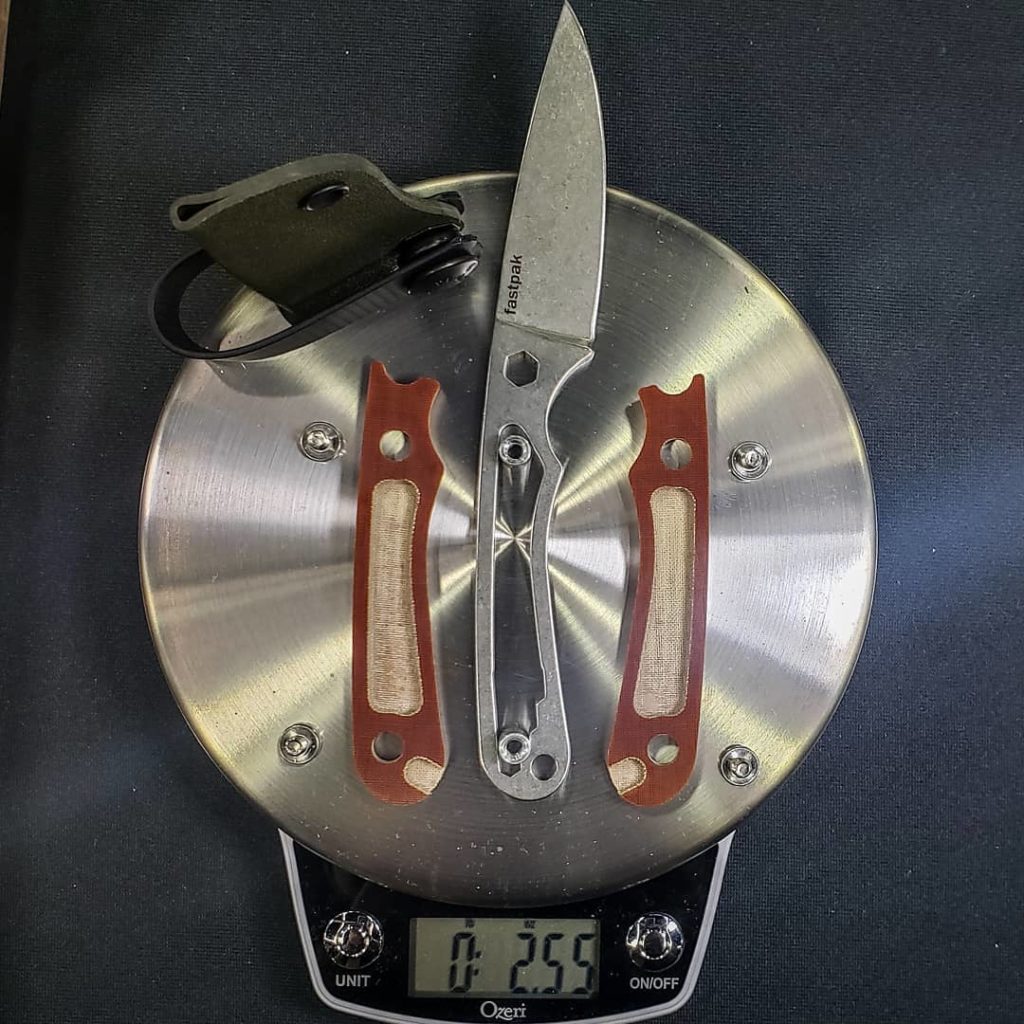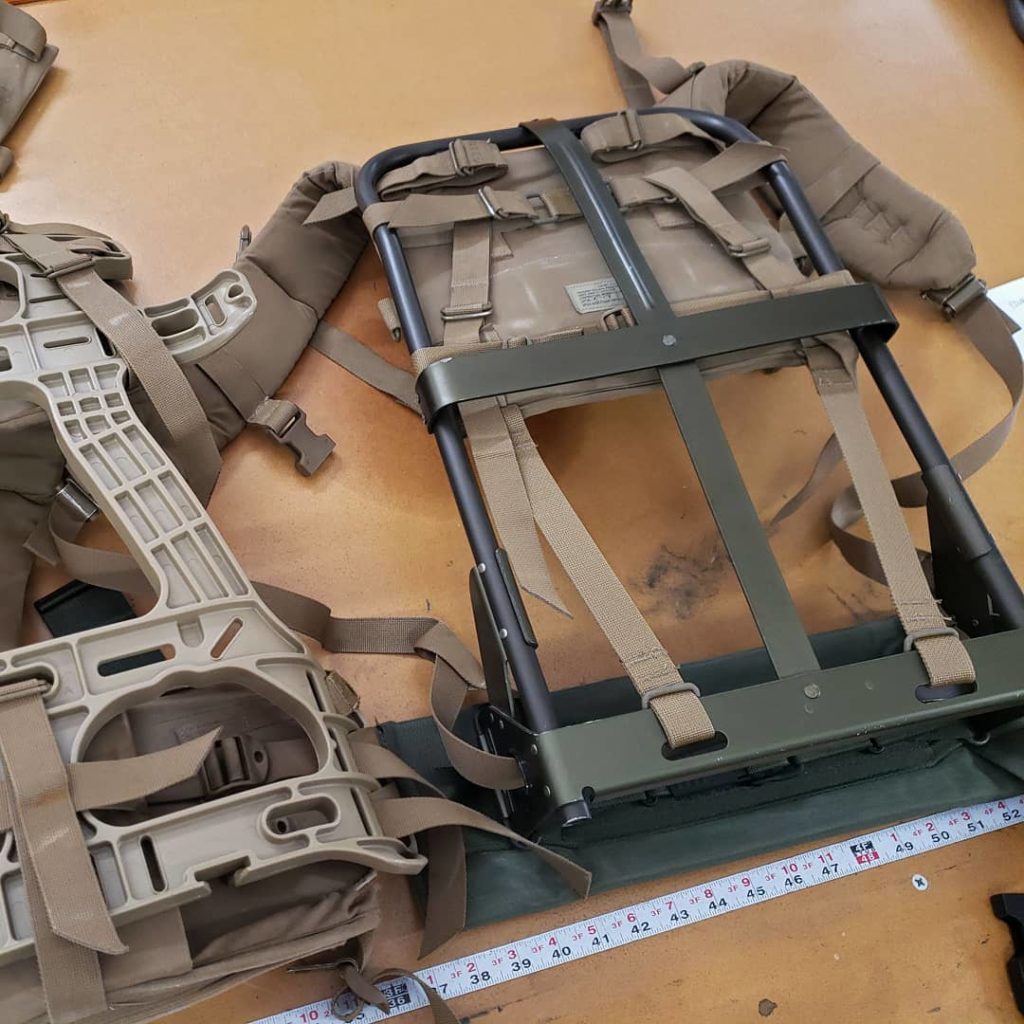I recently picked up an Original V2 Kit Bag from Hill People Gear which brings my experience with Kit Bags full circle (I’ll explain more about this later). I think I have learned a few things about these bags in my many years using several of the available models and I hope to share some of that in this article especially when it comes time to decide which Kit Bag to buy.
Hill People Gear offers 8 different versions of the Kit Bag by my count. Judging by the responses of those I have helped buy their first Kit Bag, this can be a bit overwhelming but it doesn’t have to be if you can understand the patterns of sizing and features. A little guidance about how this information applies to you can be helpful too.
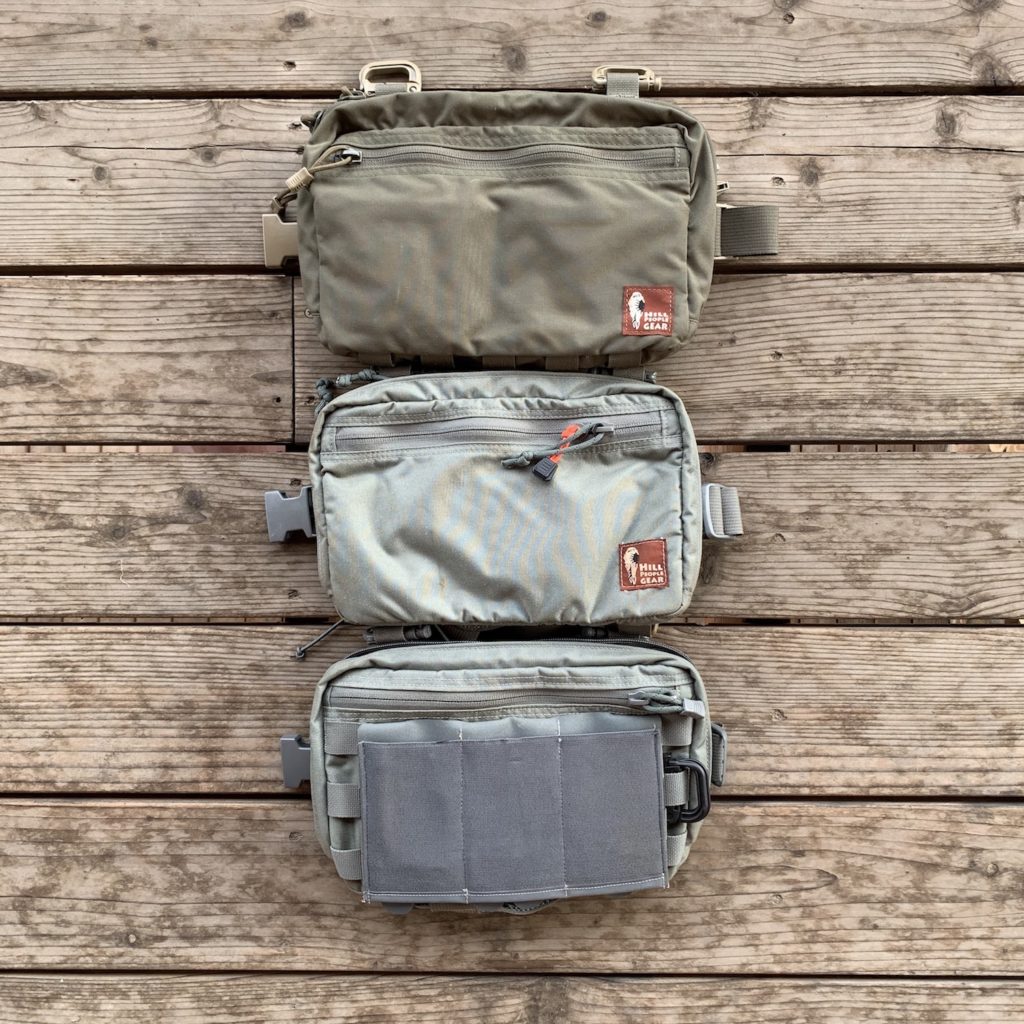
Start with the Handgun…
I tell people to start with the handgun. The size of the largest handgun or handguns that you intend to carry will dictate the size of the Kit Bag which will, in turn, narrow your options. There are two basic Kit Bag footprints (length and width): Original and Snubby.
The original footprint is 11.5″ by 7.5″ and is suitable for large handguns with or without mounted lights including full size 1911s, large frame Glocks, and even many backcountry-worthy revolvers. This footprint includes the Original V2, Runner’s, Recon, Heavy Recon, and SAR Kit Bags.
The Snubby footprint is 8.5″ by 6″ and is suitable for handguns and light combinations like a Glock 19 with compact weapon light or smaller. This footprint includes the Snubby, Snubby Recon, and Snubby Original Pattern Kit Bags.
Now Choose Your Capacity and Organization Features Based on Intended Use…
Deciding on a size narrows your options significantly but there is still work to do. You’ll have to decide how much you need to carry and the ways you want to organize it. The decisions can be made easier but understanding the differences between the models. This is actually fairly straight forward once you see that all of the Kit Bags are basically just remixes of the same three pockets (Gun, Cargo, and Slip) with the occasional presence of PALS webbing.
It is important to know that all Kit Bags have a Gun Pocket and all but the Heavy Recon and Snubby Recon have a front Slip Pocket. After that, you only need to know which models feature the larger Cargo Pocket and PALS fields. The Cargo Pocket will double the thickness of the Kit Bag in most cases and greatly expands the capacity.
This feature breakdown is a slight oversimplification but it isn’t too far off. Models like the SAR and Heavy Recon break the mold a little with some unique features but they can still be understood within the framework below with some additional reading on the Hill People Gear website.
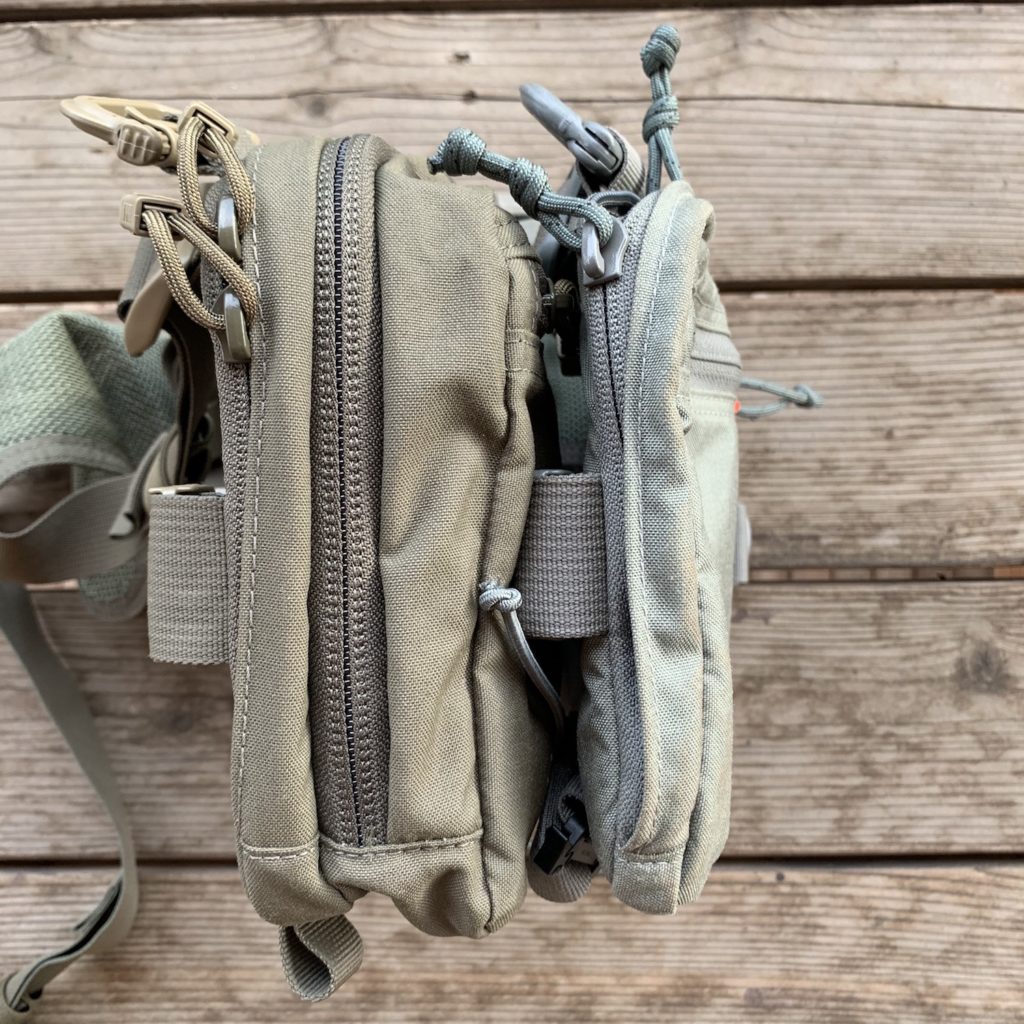
The following table shows the original footprint Kit Bags with the pocket type/feature type across rows. The features that are present for each model are indicated with an “X”.
| Gun | Cargo | Slip | PALS | |
| Original Kit Bag V2 | X | X | X | |
| Runner’s | X | X | ||
| Recon | X | X | Full PALS Coverage | |
| Heavy Recon | X | X | Full PALS Coverage | |
| SAR | X | X | X | Diagonal Partial PALS Field |
The following table shows the Snubby footprint Kit Bags with the pocket type/feature type across rows. The features that are present for each model are indicated with an “X”.
| Gun | Cargo | Slip | PALS | |
| Snubby | X | X | ||
| Snubby Recon | X | Full PALS Coverage | ||
| Snubby Original Pattern | X | X | X |
Some of these Kit Bags also come with some additional accessories but I consider them mostly ancillary to the decision of which Kit Bag will work best. The Runner’s Kit Bag and Snubby come with the Stabilizer Strap which is highly recommended if you plan to use the Kit Bag for actual running. The Stabilizer Strap is optional for all other Kit Bags. The Original Kit Bag V2, Heavy Recon, SAR, and Snubby Original Pattern all come with the Lifter Straps which tie the weight of your Kit Bag into your pack’s suspension. The Lifter Straps are optional for all other Kit Bags.
My Experience and Advice…
My Kit Bag experience started years ago with the early original Kit Bag before there was loop Velcro in the gun pocket. It was excellent but I tended to overload it thanks to all that available space in the cargo pocket. Hill People Gear eventually added the loop material to the gun pocket which is a feature I knew that I would like to have eventually. When the Runner’s Kit Bag came out, I couldn’t resist any longer so I sold my original Kit Bag and bought a Runner’s Kit Bag.

The Runner’s Kit Bag was (and still is) just about perfect for me. I can’t overload it due to the lack of Cargo Pocket but it still carries everything I need. I tell people to pack only the things they want to access on the move (phone, maps, compass, chapstick, electrolytes, etc.) and whatever they need to answer “nature’s call” in the woods which implies the things you would need if separated from your pack (hand sanitizer, signaling, TP, etc.). The Runner’s Kit Bag will hold all of that and, as the name implies, it is great for when I am running the forest roads around my home.
Later I picked up the Recon Kit Bag which is basically just a Runner’s Kit Bag with the addition of a full coverage PALS field on the front. Hill People Gear often shows these bags with Blue Force Gear Ten-Speed (or similar) pouches mounted on the front and I am inclined to agree that this configuration is optimal. The combination offers a ton of flexibility, additional capacity, and easy access while on the move while still keeping everything close to the chest.
I thought I arrived at the perfect Kit Bag for me with the Recon/Ten-Speed combo but a few interactions made me wary of using it in some settings due to its less discreet appearance. Maybe this is not an issue for you but it was just the excuse I needed to come full circle in my Kit Bag experience. I picked up another original Kit Bag except this time with the updated features of the V2.
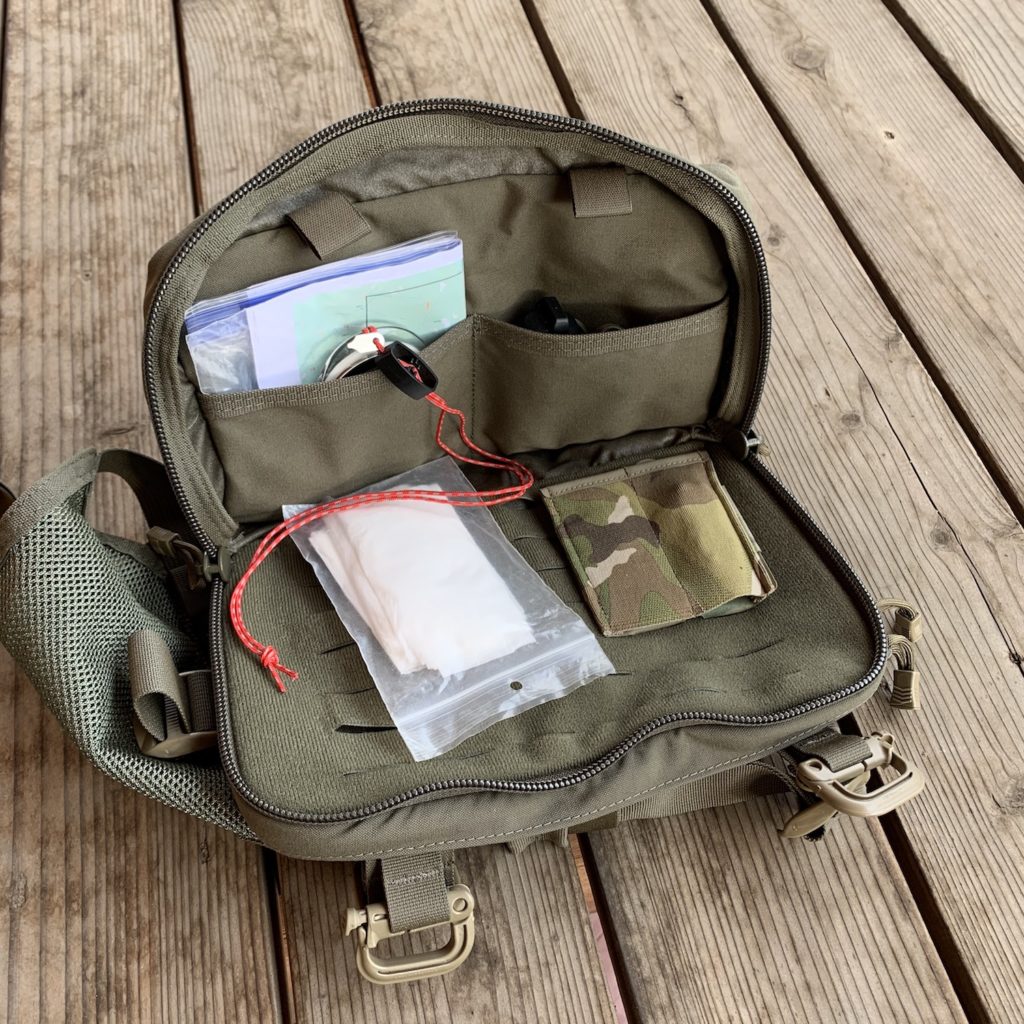
The Recon is my ideal Kit Bag. It is likely the most versatile but also among the most conspicuous which is what sometimes holds me back from using it. If I am in lightly trafficked areas, I’ll reach for it almost every time.
My Runner’s Kit Bag is probably my most used Kit Bag since I tend to use it, as intended, for running. It is stored in my gun safe with a lightweight, small-frame revolver and speed strips inside so that it is always ready to go for a run. It is also slim and inconspicuous so it still sees a lot of trail use.
If what I intend to carry is more than my Runner’s Kit Bag can handle and the situation rules out the Recon, I’ll reach for the Original V2.
The original pattern Kit Bag may be the flagship but I still steer most people to the Runner’s/Snubby or Recon/Snubby Recon depending on the intended handgun. They are slimmer, lighter, but they can still carry enough stuff (not too much stuff, enough stuff). If I were to choose just one, it would be the Runner’s Kit Bag for all the reasons above. I would miss the flexibility that the Recon’s PALS grid adds but I could do without it in favor of a more discreet appearance.
You can learn more about all the available models or pick up your own Kit Bag at HillPeopleGear.com.

